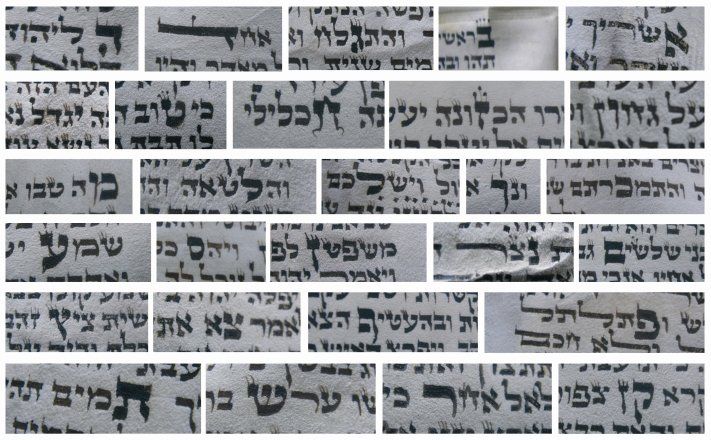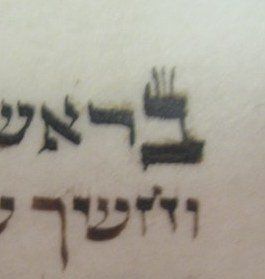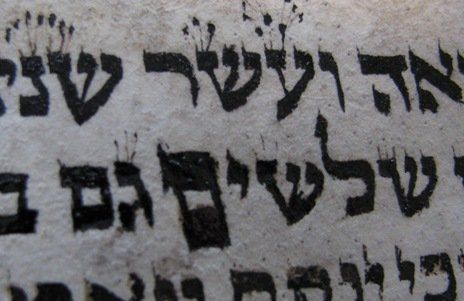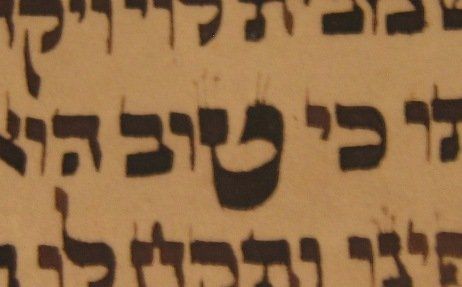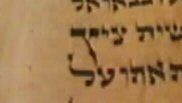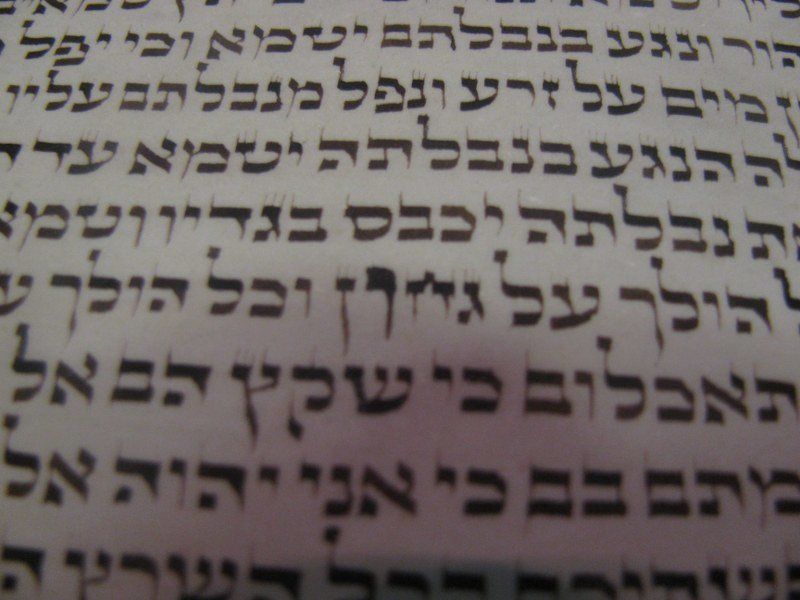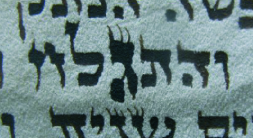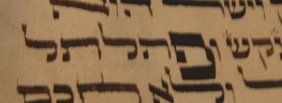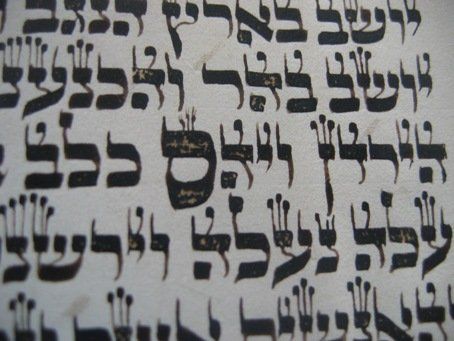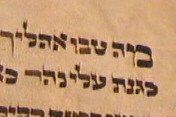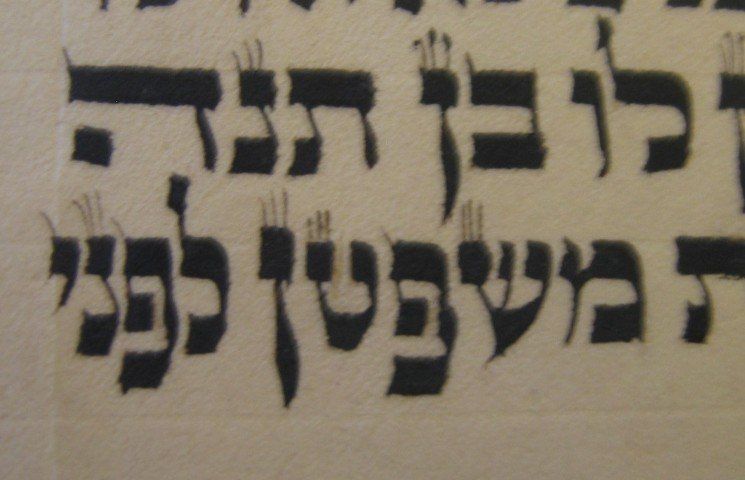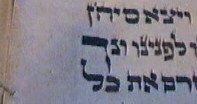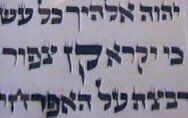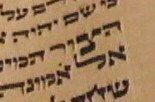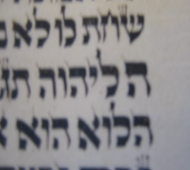1. The bet in Bereshit (Gen 1:1) 'in the beginning God created the heaven and the earth. The very first letter of the Torah is made large and supossedly carries 4 tagin as opposed to its normal one. Not all Sifrey have this and often I've seen only three - see image. Indeed, it is noted in Masechet Sofrim that originally all the letters of Bereshit were a bit larger not just the bet - as shown in the excerpt from a Moroccan scroll below. Kol Hatorah explains that this emphasises that the creation of the Universe is only secondary and instead man's prime concern should be with the first factor - i.e. God, the creator of everything. However a practical reason given by my teatcher's teacher, Rabbi Dr Eric Ray z"l is that when the Torah was actually 5 separate scrolls the large bet told people this was the start! There are loads of others reasons brought by commentators who are quite verbose at the start of the commentaries and tend to be less so as they move past the early words.

The large letters - otiyot rabati
The official massoretic text lists 16 large letters in the Torah
but there was never full agreement on these as many may have just been the initiative of a single scribe. Many printed texts don't make reference to the full 16 and I have seen seen a number of scrolls with additional letters (particularly kabbalistic ones). Listed here are all the large letters I have come across, together with with images from various Sifrey Torah
that have passed my desk. I haven't yet brought explanations of why they are to be writ large, as I need to collate them all and time is against me currently.
As we'll see below, there seems to be some considerable disagreement over which letters should be large. However in the course of my researches, a pattern emerged regarding the letters that if one adds those that are accepted to those that are in dispute to those seen in some old 'kabbalistic' Sifrey Torah
I examined, we can say that within the Torah
the scribes have been striving to make one of each letter of the Hebrew alphabet (including the final letters) large. For a while I thought this mere conjecture as one letter was often missing. However the chaf
which was missing listed in an halachic text, the Mishnat Avraham
which was from v’hitmacartem
(and you will be sold) from Deut 28:68. And my set was complete, backed up by halachah
and I've subsequently seen Sifrey
with all of them. The same listing is also in the Machzor Vitri
and other sources.
All images © Mordechai Pinchas.
Mishnat Avraham
27:3-4 notes that ‘there are those that say there is found the tradition to make a large alphabet in the Torah
alone’ (as opposed to the Tanach) and that this is a large secret and proceeds to list both the letters in question and a number of great scribes whose Sifrey Torah
he has seen where this is the case. He makes the telling point that if there is only supposed to be one of each letter large in the Tanach
why are both the vav
of gachon
(from the Torah) and the vav
of vy’zata
(from the megillah) both accepted as being writ large.
Over time, I’ve been finding various examples of the large letters, but above is a collection of all the letters found in a Torah
I checked on 2010 which has each of the letters written large (though two versions of the lamed). A very interesting Torah
which also had additional spaces marking the start of p’sukim
(verses) - following a Yemenite tradition, even though this is not a Yemenite Torah.
Turning to each large letter we find:

21. and 22. Definitely large are the ayin
and dalet
of sh'ma
and echad
respectively in Deut 6:4 ‘Hear O Israel the Lord is our God, the Lord is one’. The large ayin
is to distinguish it from being read as an aleph
(as the ayin
has a more guttural sound in genuine Hebrew pronunciation and if an aleph was there, the meaning, chas v'shalom,
would be 'perhaps God is one'. The dalet is similarly large to make sure it isn't read as a resh
which would mean 'God is another' (see the resh
above. Hence we emphasise the dalet
when we read the line. Together the two letters spell ed
- so we witness that God is one, as well as just hearing it.
As I get time I'll come back and add some more explanations.
Mordechai Pinchas

